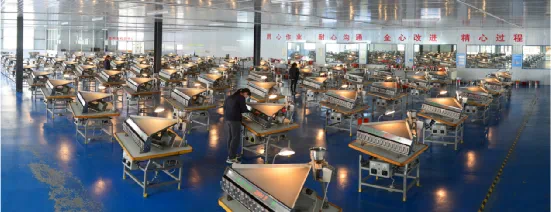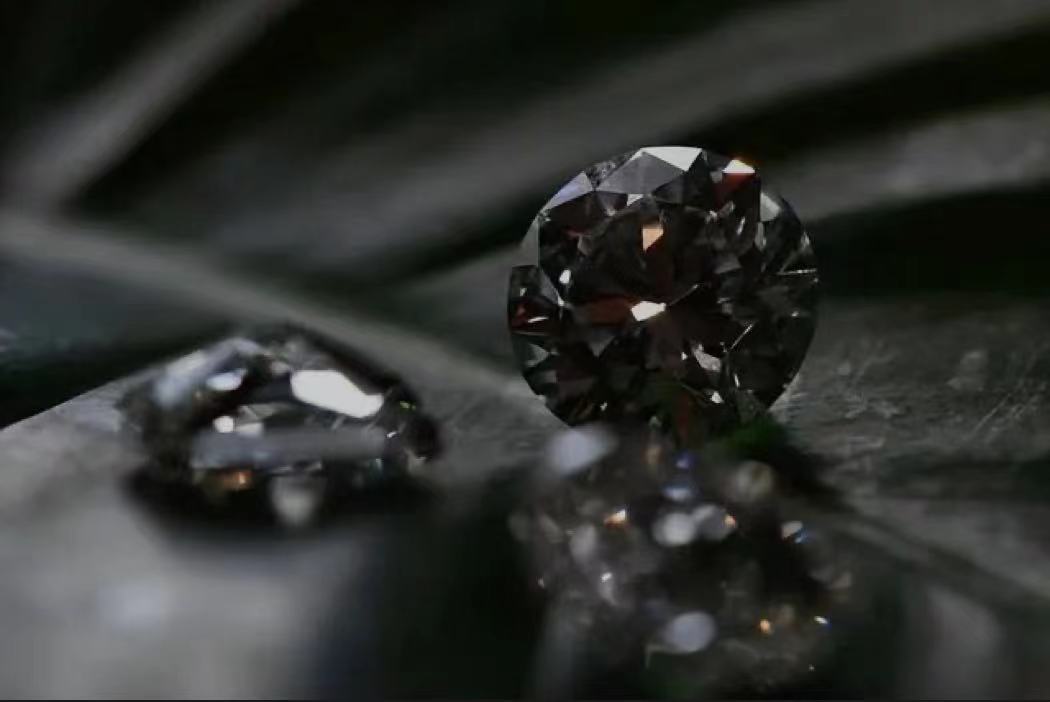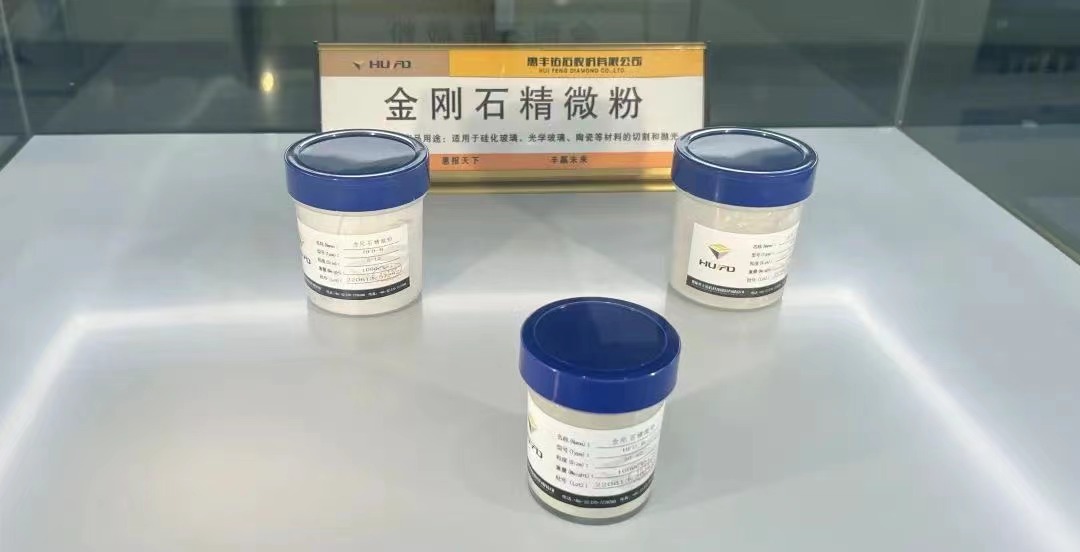Harbin is the most lively city this winter.
After "Little Potatoes in the South" bravely broke into Harbin, "Erbin, you make me feel strange", and "Little Sand Sugar Orange" became the favourite of the Northeast Group, this wave of "South to North" "variety" was updated to the latest episode - "National Specialty Maps".
The cause came from a few days ago. In order to repay the warm hospitality of "Harbin", Guangxi sent 200 tons of sugar oranges, Heilongjiang prepared 100,000 boxes of cranberries, and Sichuan directly "took out" Ya'an Tianquan caviare...
Originally, the happy courtesy and exchange made many netizens "break the big Defence" and shouted, "Is the specialty of my hometown specially hidden from me?"
At this time, Henan netizens who were still laughing at their "alone in their hometown as a stranger". The next second, they saw the blank "Yu rice" in the comment area: "Henan specialty diamonds? I don't know. Didn't inform me." "What? Henan is rich in diamonds!" You really make me feel strange in Henan..."
Yes, cultivating diamonds is indeed a specialty of Henan! With an annual output of more than 6 million carats, Henan came with "specialties".

There is a saying in the diamond industry: the world cultivates diamonds to look at China, and China cultivates diamonds to look at Henan.
According to incomplete statistics, Henan produces about 12 billion carats of industrial-grade artificial diamonds every year, and more than 6 million carats of raw diamonds, a considerable part of which are exported to India and other places for cutting and processing, and then sent to Europe, North America and other regions.
China is the country with the highest production of cultivated diamonds in the world. According to statistics, when China's artificial diamond production is the highest, it accounts for more than 80% of the world's total output, and has ranked first for 15 consecutive years. It is difficult to calculate how much has flowed to the jewellery market. It is certain that the diamond industry cannot be separated from China, and China is a training. A leader in the diamond industry.
Seeing this, are you curious about the difference between natural diamonds and cultivating diamonds? There is a popular metaphor: cultivating diamonds and natural diamonds is like ice in the refrigerator and ice in the Antarctic. The difference lies only in the growth environment.
Whether it is chemical composition, physical properties or optical properties, both are exactly the same. Even most cultivated diamonds have better clarity than natural diamonds. The price is one-third of natural diamonds, and they are greener and more environmentally friendly.

Cultivated diamonds, also known as synthetic diamonds, artificial diamonds, etc., are no different from natural diamonds in physical, chemical and optical properties. At present, there are two main technologies for cultivating diamonds, one is the high-pressure and high-temperature method (HPHT) and the other is the chemical vapour deposition method (CVD).
The high-pressure and high-temperature method imitates the formation conditions of natural diamonds in the depths of the earth, and creates a high-temperature and high-pressure environment in the laboratory to synthesise diamonds. The disadvantage is that diamonds will be mixed with impurities in the production process, so the diamonds produced are mostly used in the industrial field. Now, with the progress of science and technology, more than 30 carats of colourless diamonds can be made.
The chemical vapour deposition law is to use carbon-rich gases such as methane in a vacuum, so that the carbon molecules in methane continue to deposit on the diamond substrate and make the diamond continue to grow. The advantage is that the synthetic diamond has extremely high purity.
The physical and chemical attributes of cultivating diamonds are exactly the same as those of natural diamonds. They are real diamonds that cannot be distinguished by the naked eye. So there is an image metaphor to describe the relationship between the two: natural and cultivated diamonds are like ice in the river and ice in the refrigerator. It is essentially ice, and the only difference is the source.
"Diamond Capital" Zhecheng helps to realise "carat freedom"
According to Henan Daily, the annual output of diamond single crystal in Zhecheng County, Henan Province is 1.5 billion carats, and the annual output and export volume of diamond micro powder account for 70% and 50% of China's market share, respectively.
In addition, the global production of cultivated diamonds in 2021 is 9 million carats, and one county in Zhecheng alone has produced 4 million carats, which can be called the "capital of artificial diamonds".
This small inland county in Henan not only completed considerable diamond production, but also gave birth to two listed companies in the diamond industry within a year.
In July 2022, Zhecheng Huifeng Diamond Technology Co., Ltd. was listed on the main board of the Beijing Stock Exchange. This is the second listed company in the diamond industry born in Zhecheng within a year after Henan Power Diamond Co., Ltd. was listed on the Growth Enterprise Market of the Shenzhen Stock Exchange in September 2021.
Henan Yedafeng New Materials Co., Ltd. has been established for one year and is engaged in the processing of hair embryo diamonds. In the polishing workshop, the reporter met the world's most advanced Israeli diamond laser cutting equipment and diamond grinding equipment. The ordinary hair embryo diamond will turn into a dazzling bare diamond here.
The arrival of Yedafeng has made up for the shortcomings of the diamond industry in cutting and processing in Zhecheng County, Henan Province.

